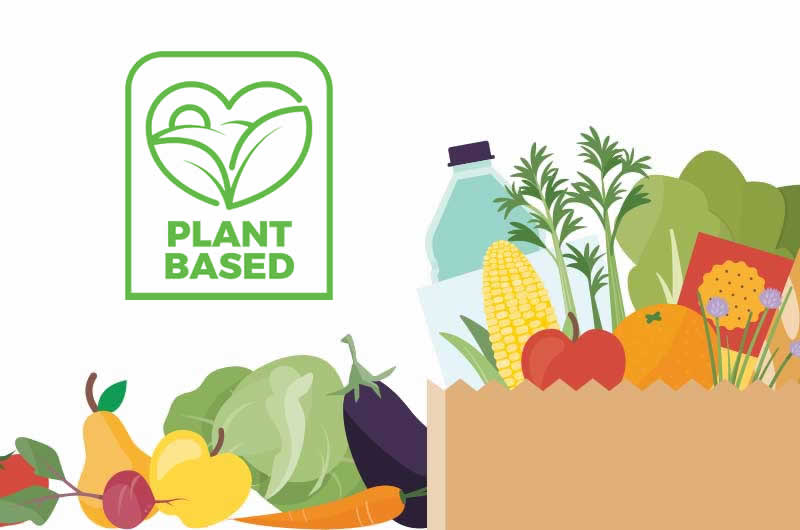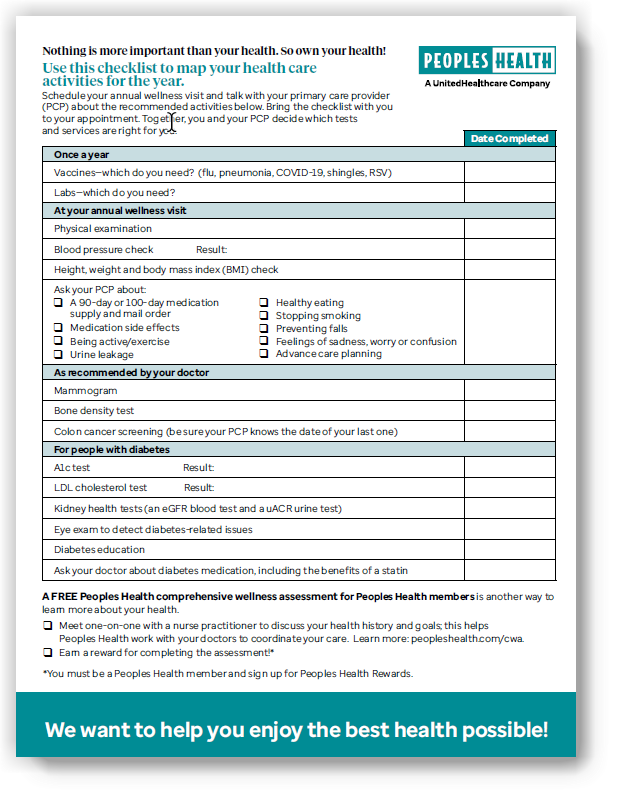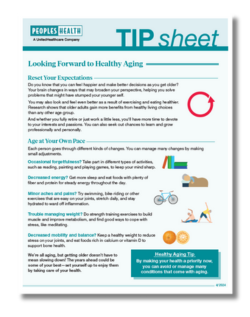It’s becoming more popular to opt for plant-based meals, and evidence shows that this way of eating offers a host of health benefits.
You might be asking, what is a plant-based way of eating? It’s simply adding to your everyday meals more whole, nutrient-rich plant foods such as fruits, vegetables, whole grains, beans, peas, nuts and seeds. You don’t need to follow strict rules to enjoy this way of eating, and you don’t even have to give up meat. But avoiding unhealthy processed foods is key.
Why Eat More Plant-Based Foods?
Plant foods help you stay healthy and may lower your risk for long-term health issues because they contain many vitamins and minerals, including:
- Vitamins E and C, which protect your cells and support your immune system
- Potassium, which helps your muscles work together and reduces strain on your heart
- Magnesium, which makes bones and teeth strong and helps control blood pressure
Plant foods are high in fiber and have fewer calories than meats and processed foods. This means they keep you feeling full longer, which helps with a healthy weight. High-fiber foods can also lower bad cholesterol and keep blood sugar stable.
What’s more, a plant-based diet may enhance your mental health.
Studies show that eating plant foods can improve your mood and help you better deal with stress. Nutrients in these foods support brain health, and that’s good for your memory, learning and decision-making skills.
Some research says plant-based diets are good for the planet, too. It takes much less energy and water to grow foods than to raise livestock.

Vegetarian
Someone who eats mostly plant-based foods and does not eat meat but may consume foods from animals, such as eggs, honey and milk, or dairy foods made from animal products, such as cheese and butter. Sometimes a vegetarian who consumes eggs and dairy is called a lacto-ovo-vegetarian.
Pescatarian
A vegetarian who also eats fish and other seafood.
Vegan
Someone who eats only plant-based foods and does not eat any meat or animal products.
Tips to Get Started
Adding more plant foods to your diet is easy! Start by making just one meal one day of the week meat- and dairy-free. Another idea is to keep a bowl of fruits or pre-cut vegetables on your kitchen counter where you can see them and remember to make healthy choices. Other tips are:
- Add a vegetable side dish to meals
- Add fruits to breakfasts and desserts
- Snack on nuts and seeds instead of potato chips or crackers
- Swap some meats for plant proteins, like kidney beans, chickpeas, lentils and tofu
- Switch up your meal portions—treat vegetables, beans or whole grains as a main dish and meat as a small side dish

Read Food Labels
The healthiest plant foods (whole fruits and vegetables) don’t come with nutrition labels, but be sure to read the labels of those that do to help you choose healthy options.
Calories from fat: This shows how many calories come from fats in each serving of the food. Look for foods with less than 20% of the calories per serving from fat. For example, if a serving includes 200 calories, the calories from fat should be 40 or less.
Cholesterol: Plant-based foods don’t have cholesterol. An easy way to know if a food contains only plants—and not meat or dairy—is to check the cholesterol amount.
Sodium: Eating too much sodium can lead to health issues. Choose foods with fewer milligrams of sodium per serving than the total calorie amount per serving.
Fiber: Choose foods with at least two to three grams of fiber per serving.
Carbohydrates: If a food contains carbohydrates, look at the ingredients list to make sure it has whole grains, not refined grains. (Keep reading for more about this!)
Avoid These Foods
Avoid added oil, especially palm and coconut oils, and limit saturated and trans fats, found in such foods as butter, cheese, margarine and shortening.
Limit added sugar by avoiding foods that have it as one of the first five ingredients. Sugar can also be called high fructose corn syrup, fructose, sucrose, evaporated cane juice, honey, molasses, agave and maple syrup.
Limit refined carbohydrates. Refined grains lose many natural ingredients during processing. Watch out for the words “enriched” or “white” before grains on a food’s ingredients list. Choose whole grain foods, indicated by “whole,” “rolled,” “stone-ground,” “sprouted” or “cracked.”
For more about reading food labels, visit http://www.fda.gov/Food/LabelingNutrition/ucm274593.htm.










